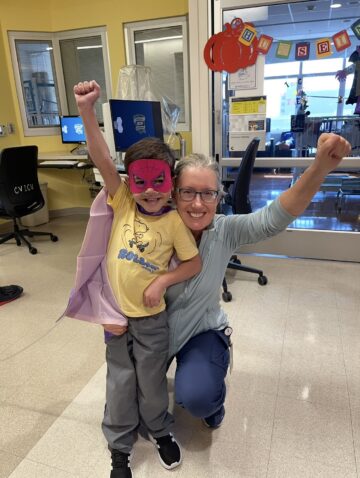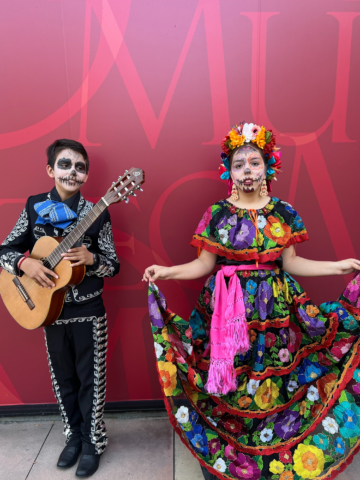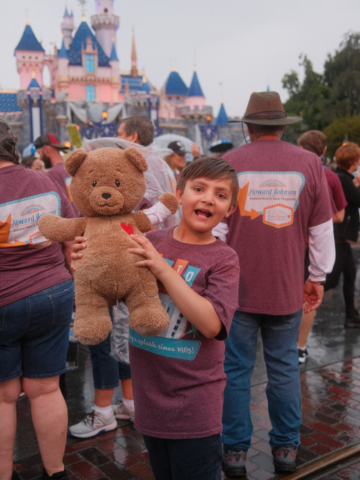Veer’s father Jatin spent many sleepless nights searching the internet for ventricular septal defect (VSD), a condition his son has endured since birth. He was nervous awaiting his son’s upcoming appointment for a pediatric heart surgery consultation and wanted to know everything he could about VSD.
Veer was born at a local hospital and diagnosed with VSD at birth. Veer was monitored regularly by a physician, and when he was 18 months old, his parents transitioned his care to CHOC cardiologist Dr. James Chu to monitor the VSD.
“Dr. Chu kept on an eye on Veer to make sure he was doing well. He got regular echocardiograms, first every two to three months progressing to every six months and then every year since he was getting better,” says Veer’s mom, Sweta.
VSD is a hole between the heart’s lower chambers allowing blood to pass from the left to the right side of the heart. The oxygen rich blood then gets pumped back to the lungs instead of out to the body, causing the heart to work harder. Often, small VSDs can close on their own.
An echocardiogram, also known as a cardiac ultrasound, uses sound waves to create pictures of the heart. It shows the structure of the heart and its parts and how well they’re working.
A few months before Veer’s fourth birthday, Dr. Chu said the hole in his heart was no longer improving and that it might need to be surgically repaired. The hole was very close to the AV nodes (the natural pacemaker of the heart) and the tricuspid valve was regurgitating which can lead to right-sided heart failure.
Dr. Chu referred Veer to CHOC pediatric cardiothoracic surgeon Dr. Richard Gates for a consultation. Dr. Gates saw the echocardiogram and knew right away Veer would need surgery to repair the VSD.
“Before we were able to meet with Dr. Gates, we had so many sleepless nights thinking about what could happen if Veer needed heart surgery. But after meeting Dr. Gates, we felt comforted and confident about moving forward with surgery. He explained every step of the surgery to us and answered all of our questions,” says Sweta.
Surgery Day
Within days, Veer was at CHOC Heart Institute having surgery to repair his VSD.
Veer’s surgery would require a biograft, which is like a patch, that will usually cause the valve to fall back into place. If that didn’t happen during the surgery, Veer would need more surgery done to repair the VSD at the time of the operation.
The surgery went well, and Veer only needed the biograft. “Dr. Chu told us recently that the surgery was done so well and precise that you can’t even tell on the echocardiogram where the graft was done,” says Sweta.
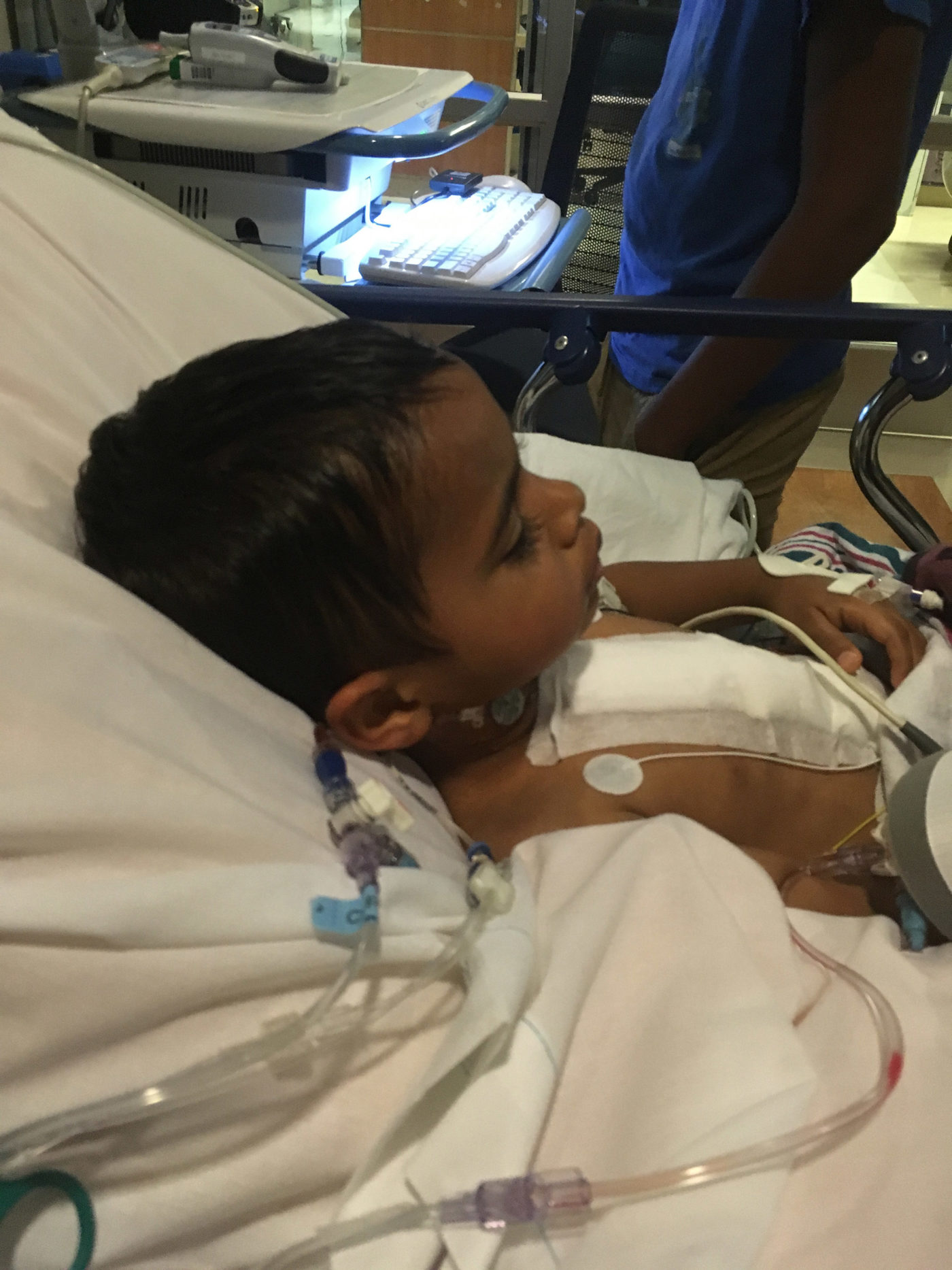
“Our experience with CHOC was amazing. All of the doctors, nurses and child life specialists took care of Veer like their own family member,” Sweta says. “The child life specialists were so friendly. Veer loves bubbles and cars, so they brought him bubbles and the Disney Cars movie. He got to hold the iPad and watch the movie before the surgery which made him so happy. After surgery, they even brought a larger bed in the room so that I could sleep next to him.”
Today, Veer is full of energy and thriving.
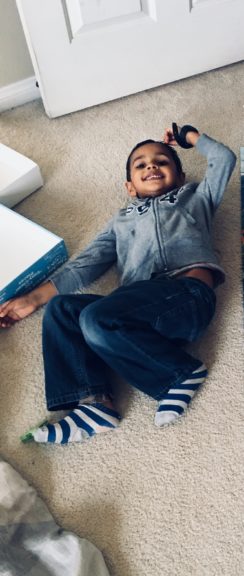
“When he used to play with his toy cars, he would lie on his side because he didn’t have a lot of energy,” Sweta says. “Now he has so much energy that he doesn’t have to do that, and he’s able to run around with his older siblings.”
Get more expert health advice delivered to your inbox monthly by subscribing to the KidsHealth newsletter here.
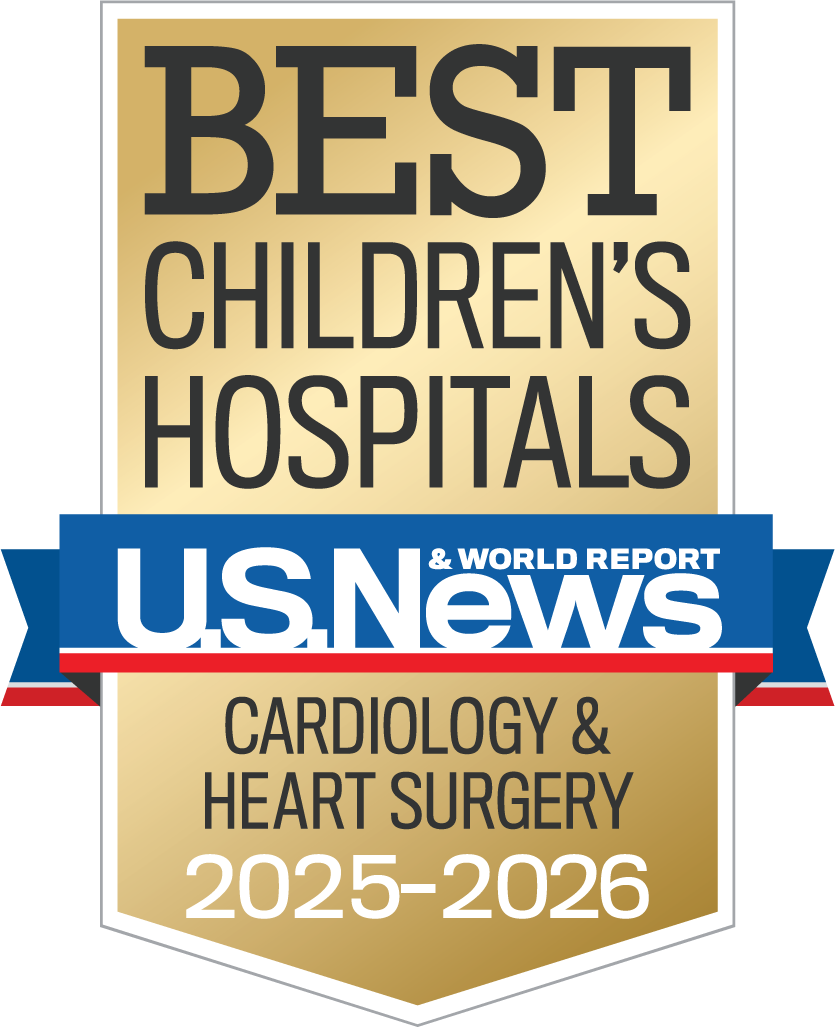
Learn more about CHOC’s Heart Institute
CHOC and UCLA Health together have been ranked among the top children’s hospitals in the nation for Cardiology & Heart Surgery by U.S. News & World Report.

